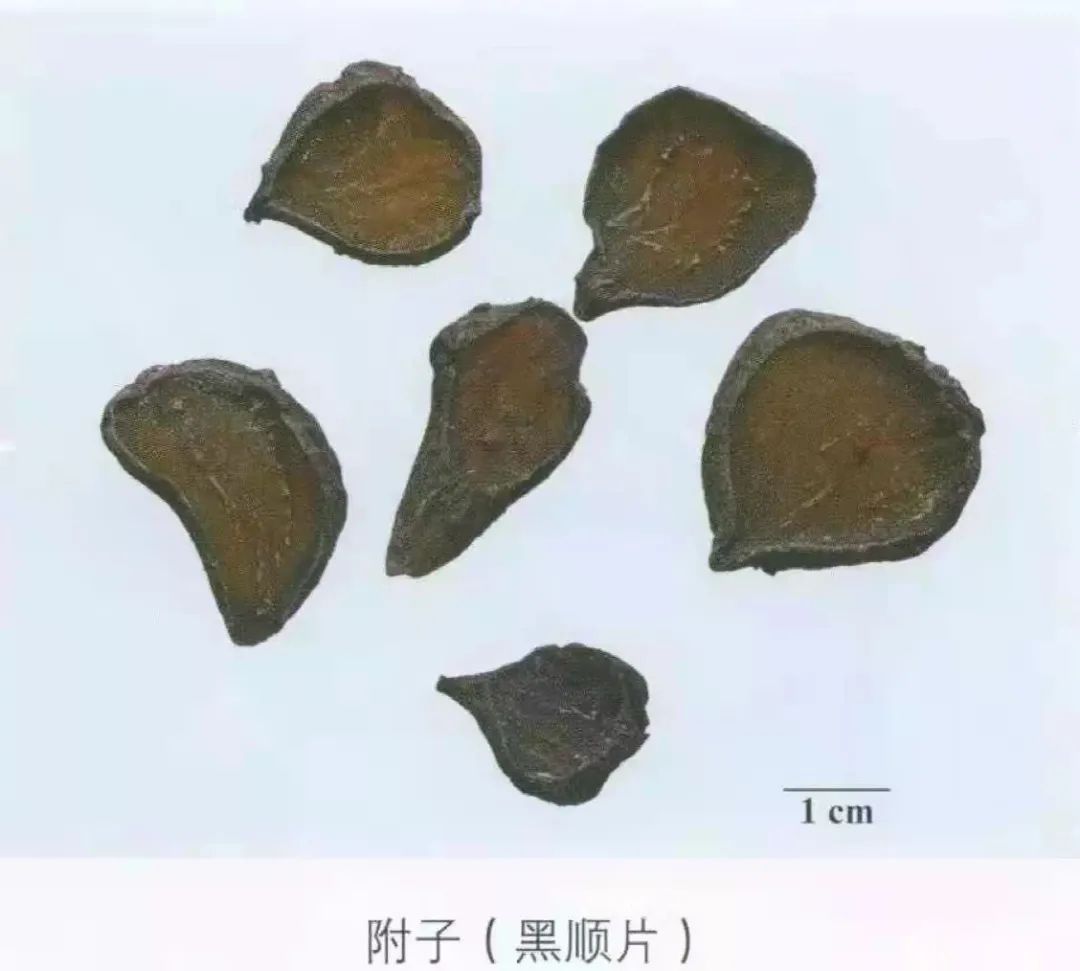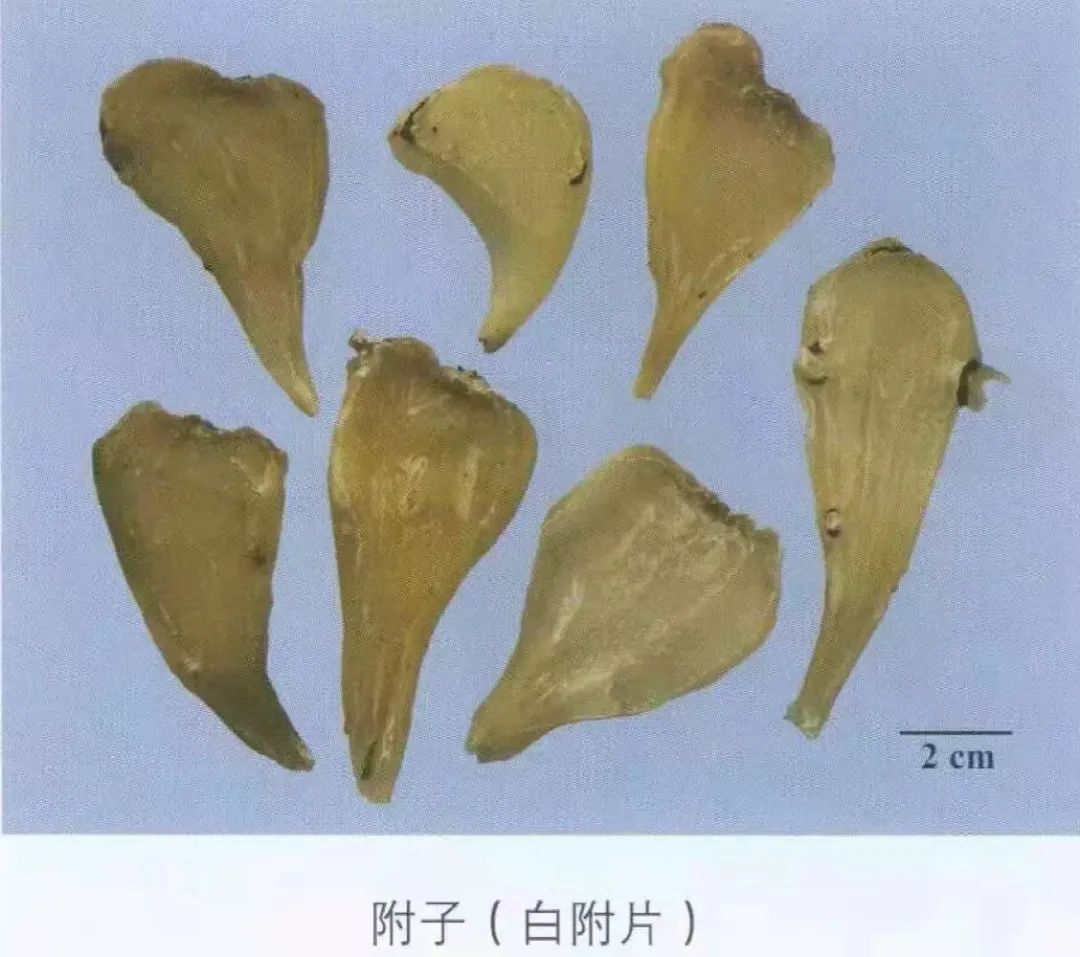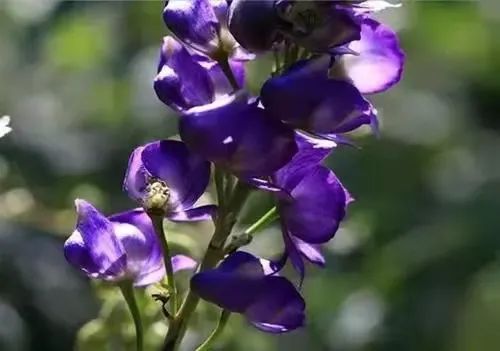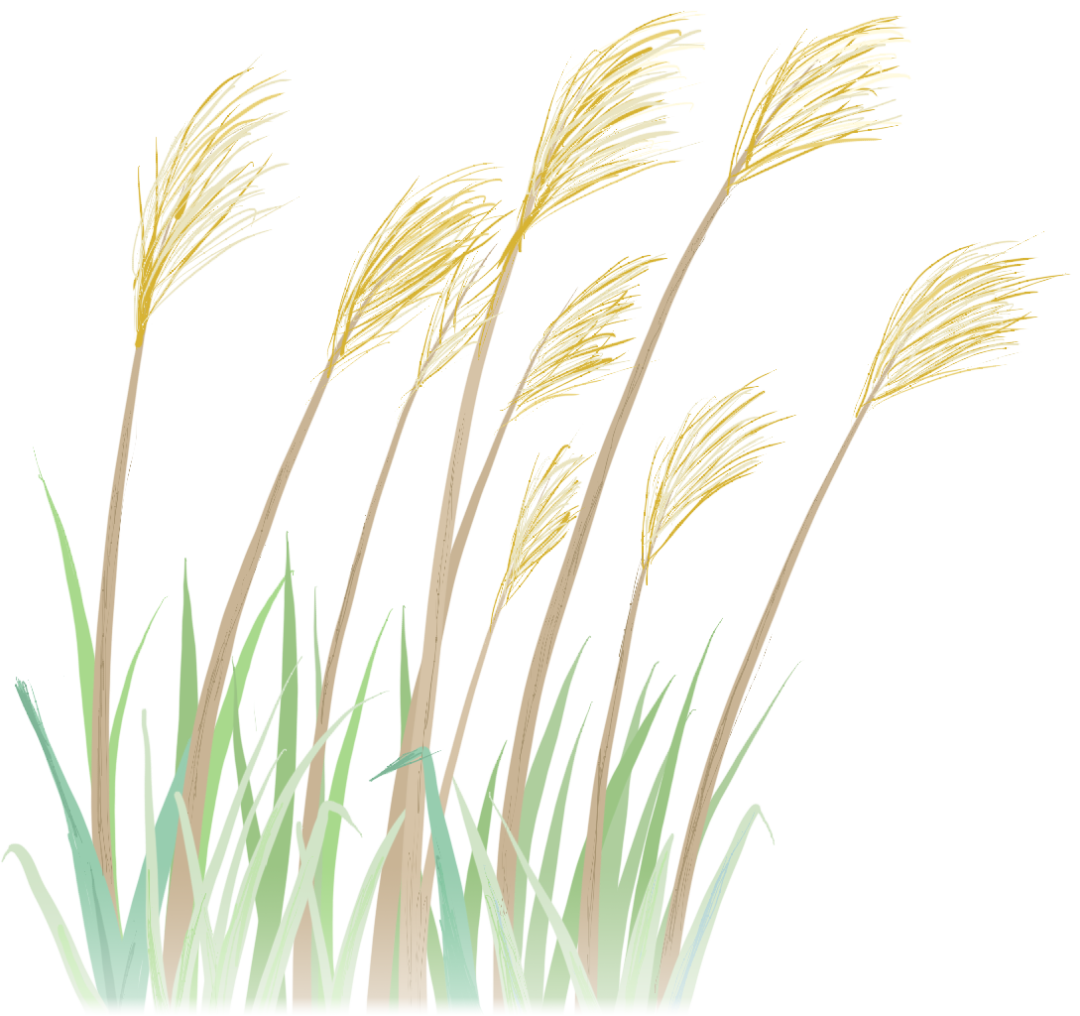
Weekly Herb – Fu Zi (Aconite)

Fu Zi, also known as Wu Tou (Aconite) or Fu Pian, has other names such as Cao Wu, Yan Wu Tou, E Er Hua, Tie Hua, etc. It is primarily produced in Sichuan, Hubei, and Hunan provinces of China. It is harvested from late June to early August, removing the main root, fibrous roots, and soil, commonly referred to as “Ni Fu Zi”. It is processed into salt Fu Zi, black Fu Zi (Hei Shun Pian), white Fu Pian, and light Fu Pian. It belongs to the category of warming interior medicines and is known as the “first remedy to revive yang and rescue from reversal” in traditional Chinese medicine.
Source
It is a processed product of the tuberous root of the Ranunculaceae plant Aconitum carmichaelii Debx.
Properties
It has a pungent and sweet taste, with a warming nature, classified as the “yang among yang”, and it enters the Liver, Kidney, and Lung meridians.
Functions
1. Reviving Yang and Rescuing from Reversal: Fu Zi has a strong warming property, which can treat diseases caused by yang deficiency, effectively reviving yang and rescuing from reversal, such as treating shock, pallor, profuse sweating, and low blood pressure associated with yang deficiency.
2. Dispelling Yin: Fu Zi is pungent and sweet, warming and invigorating, with the effect of strongly supplementing the original yang and benefiting fire to dispel yin, warming the body’s yang. It is suitable for those with yang deficiency in organs such as the Kidney, Spleen, and Heart, as well as those with weak Wei Yang.
3. Dispelling Cold and Alleviating Pain: It has a significant effect in dispelling cold dampness and warming to alleviate pain, especially suitable for joint pain caused by cold damp obstruction and for patients with rheumatic arthritis. Fu Zi can be used to relieve pain, especially when combined with Gui Zhi (Cinnamon Twig), the effect is more pronounced.
Identification
The tuberous root of Fu Zi is inverted conical in shape, measuring 2-4 cm in length and 1-1.6 cm in diameter. The stem height ranges from 60-150 (-200) cm, with short soft hairs above the middle part, leaves growing at equal distances, and branches. The lower leaves wither during flowering, while the middle leaves have long petioles.
Images



Processed Products
Shu Fu Pian is also known as Ming Fu Pian or Zhi Fu Pian, while Bai Fu Pian is also called Bai Pian or Tian Xiong Pian. These two processed products have similar processing techniques, mainly differing in that the former is cut horizontally into thicker slices and steamed for 3 hours, while the latter is cut longitudinally into thinner slices and steamed for half an hour. Huang Fu Pian, also known as Huang Pian, is used in certain regions of Yunnan, with a special processing technique involving soaking and dyeing with the juice of licorice, safflower, ginger, and pig’s tooth soap, which not only enhances the appearance but also reduces toxicity.
Pharmacological Effects
1. It can enhance myocardial contractility, accelerate heart rate, increase cardiac output, and increase myocardial oxygen consumption.
2. It has vasodilatory effects, increasing blood flow and improving circulation.
3. It has both hypertensive and hypotensive effects on blood pressure, related to its components.
4. The effect of reviving yang and rescuing from reversal is primarily based on its strong heart-strengthening and anti-shock effects.
5. It has significant effects against slow-type arrhythmias.
6. The decoction has a notable inhibitory effect on acute inflammation models.
Clinical Applications
In clinical practice, Fu Zi is a very useful herb that can strengthen the heart, relieve pain, and reduce inflammation. It can improve the function of human organs and is particularly effective in treating patients with heart failure, general fatigue, and renal failure.
Contraindications
First, pregnant women should not consume it.
Second, it should be decocted for a long time to reduce toxicity; do not decoct for less than 30 minutes.
Third, it should not be used in combination with Xi Jiao (Rhinoceros Horn), Ban Xia (Pinellia), Gua Lou (Trichosanthes), Bei Mu (Fritillaria), and Bai Ji (Bletilla).
Fourth, it should not be used in patients with high fever or excessive yang qi symptoms, to avoid exacerbating the condition by promoting yang and generating fire.
The Story of Fu Zi
There was a man named Shen Liangchen who suffered from phlegm cough, unable to sleep day and night, and many treatments were ineffective. Opinions varied, suggesting fire, dampness, qi, or wind. Various decoctions were tried, but none worked, and he was near death. Shen Liangchen’s son sought help from Zhang Zhihe, who, after pulse diagnosis, found a deep pulse with moist phlegm and cold, indicating the need for Li Zhong Tang (Regulate the Middle Decoction) with added Fu Zi. After taking it, he coughed and wheezed less that night, and after some regulation, he recovered.
Previous IssuesReview

Know history, love school, do not waste youth.
The student union of our college organized a study of the spirit of the 19th Central Committee of the Communist Party of China.
Weekly Herb – Dang Gui (Angelica)
Honor Roll of Faculty and Staff of Beijing Health Vocational College for 30 Years of Educational Service (Issue 4)
Beijing Health Vocational College
Text and Image Editor: Zhang Falin
Instructor: Wang Zhishuang
Text and Image Proofreader: Li Xinghong
Text and Image Reviewer: Cui Zhipeng
WeChat ID: bjwszyxy



Long press the QR code to follow the Health Vocational College

